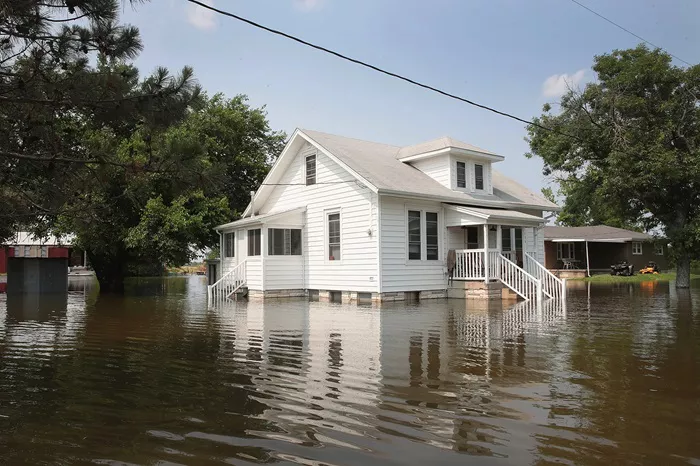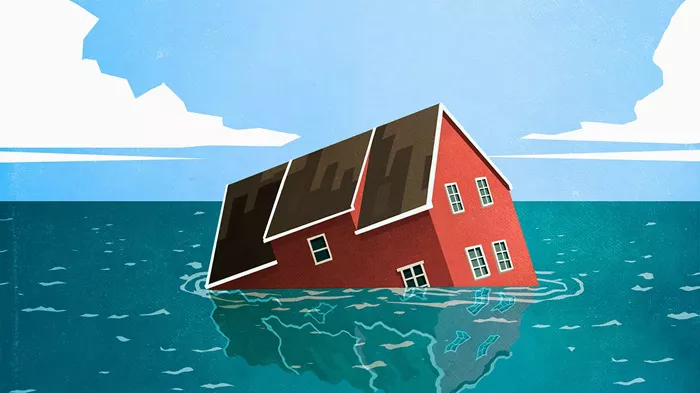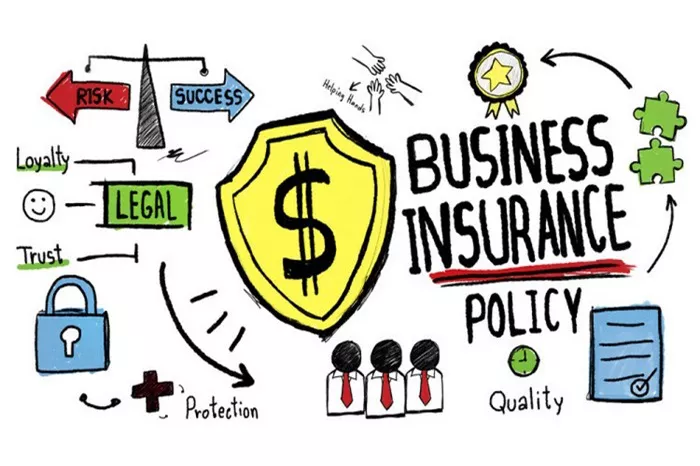Flooding can destroy a home in just minutes. That’s why flood insurance is one of the most important kinds of protection a homeowner can have. Many people think their regular homeowners insurance will cover flood damage, but in most cases, it doesn’t. That leads to an important question: Does State Farm offer flood insurance?
In this article, we’ll explain what State Farm offers when it comes to flood insurance. We’ll also cover how flood insurance works, what it covers, and how to get it if State Farm doesn’t sell it directly. We’ll break it down in simple words so it’s easy to follow, even if you’re learning about insurance for the first time.
What Is Flood Insurance?
Before we talk about State Farm, it’s good to understand what flood insurance actually is.
Flood insurance is a special type of coverage that protects your home and belongings from flood damage. A “flood” in insurance terms means water that comes from outside your home and rises into it. This could happen because of:
Heavy rain
Overflowing rivers or lakes
Hurricanes
Snowmelt
Broken dams or levees
Most homeowners insurance policies do not cover this kind of water damage. If a pipe bursts inside your house, that’s different. But if water comes from outside—like during a big storm—you need flood insurance.
Does State Farm Offer Flood Insurance Directly?
No, State Farm does not offer its own private flood insurance policy. But that doesn’t mean you’re out of luck if you’re a State Farm customer.
Instead of selling its own flood coverage, State Farm agents work with the National Flood Insurance Program (NFIP) to help customers get flood insurance through the government. This means you can still get flood insurance with the help of a State Farm agent—you just won’t be buying a State Farm-branded policy.
So, to answer the question clearly:
State Farm offers flood insurance, but only through the NFIP.
What Is the NFIP?
The NFIP is the National Flood Insurance Program. It’s managed by FEMA, which is part of the U.S. government. The NFIP was created to make flood insurance available and affordable for people living in flood-prone areas.
Here’s how it works:
You buy the flood insurance policy from an agent (like one from State Farm).
The policy itself is backed by the federal government.
The coverage amounts and rules are set by the NFIP.
Claims are paid by the NFIP, not by State Farm.
It’s a public program, but private companies like State Farm can help you apply.
What Does Flood Insurance from the NFIP Cover?
When you buy a flood insurance policy through State Farm and the NFIP, you can get two types of coverage:
1. Building Property Coverage
This covers the physical structure of your home. That includes:
The foundation, walls, and floors
Electrical and plumbing systems
Built-in appliances like stoves and dishwashers
Central air systems and water heaters
Detached garages (up to a limit)
You can get up to $250,000 in coverage for the building through the NFIP.
2. Personal Property Coverage
This protects your belongings inside the home, such as:
Furniture
Clothing
Electronics
Curtains and rugs
Washers and dryers
Kitchen items
You can get up to $100,000 in coverage for contents.
Note: Personal property coverage is optional. If you only want coverage for the building, you can choose that. But most people buy both types.
What Does It Not Cover?
Flood insurance has limits. It does not cover:
Temporary living expenses (like hotel stays if your home is flooded)
Cars (you need separate auto insurance for that)
Currency, stock certificates, or valuable papers
Damage caused by mold, mildew, or moisture that could’ve been avoided
Also, there is a 30-day waiting period for new flood policies, so you can’t wait until a storm is coming to buy coverage.
How to Get Flood Insurance Through State Farm
Getting a flood insurance policy through State Farm is simple, even though the policy comes from the NFIP.
Here’s what the process usually looks like:
Contact a State Farm Agent
Tell them you want flood insurance. You don’t need to be a State Farm customer already—they can still help.
Provide Some Basic Info
You’ll need to share your address, property details, and if you live in a high-risk flood zone.
Get a Quote
The agent will use NFIP tools to figure out how much the policy will cost based on your risk and the amount of coverage you choose.
Sign and Pay
If you accept the quote, you’ll sign the paperwork and pay the premium. Remember the 30-day waiting period.
What About Private Flood Insurance?
While State Farm only works with the NFIP, some companies do offer private flood insurance. These are separate from the government-backed policies.
Private flood insurance may offer:
Higher coverage limits
Shorter waiting periods
Coverage for temporary living expenses
Better rates for homes outside high-risk zones
If you need more than $250,000 in building coverage or $100,000 in contents, or if you want more features, private flood insurance could be a better fit.
State Farm doesn’t sell this kind of insurance directly, but they may still help you compare options.
Who Needs Flood Insurance?
If you live in a high-risk flood zone and have a mortgage backed by the federal government, flood insurance is required by law. Your lender will likely ask for a policy with at least enough coverage to protect their investment in your home.
If you live in a moderate- or low-risk area, you are not required to have flood insurance, but it’s still a smart choice. According to FEMA, more than 20% of flood claims come from properties outside high-risk zones.
A flood can happen almost anywhere. All it takes is a strong storm, a slow-moving system, or a clogged drain. Even one inch of water can cause thousands of dollars in damage.
How Much Does Flood Insurance Cost?
Flood insurance costs vary depending on:
Your home’s location and elevation
The type of building (single family, condo, etc.)
The amount of coverage
Whether your area has had flooding before
Under the NFIP’s Risk Rating 2.0 system, pricing is more personalized. This means the rate is based on your actual risk, not just the flood zone map.
On average, NFIP policies cost between $500 and $1,200 per year, but it could be more or less based on your situation.
Can You Cancel NFIP Flood Insurance Later?
Yes, you can cancel your flood insurance policy if you decide you don’t need it anymore. But if your lender requires it, you must keep it as long as you have the mortgage.
If you pay off your loan or sell your home, you can cancel the policy. Refunds may be available for unused months.
Conclusion
Here’s a quick summary:
State Farm does not sell private flood insurance.
They do offer NFIP flood insurance policies.
You can buy flood insurance through your State Farm agent.
NFIP policies cover the building and contents.
Private flood insurance is available elsewhere for extra protection.
If you live in a flood-prone area—or even if you don’t—it’s worth talking to a State Farm agent about your options. They can help you get the right protection, even if the policy itself comes from the NFIP.
Flood insurance may seem like an extra cost now, but it can save you from huge bills later. One storm can change everything. With the right coverage, you can recover faster and avoid major financial loss.
Related topic:
5 Best House Insurance Companies
How Does Pet Insurance Excess Work and Affect Your Coverage?



















